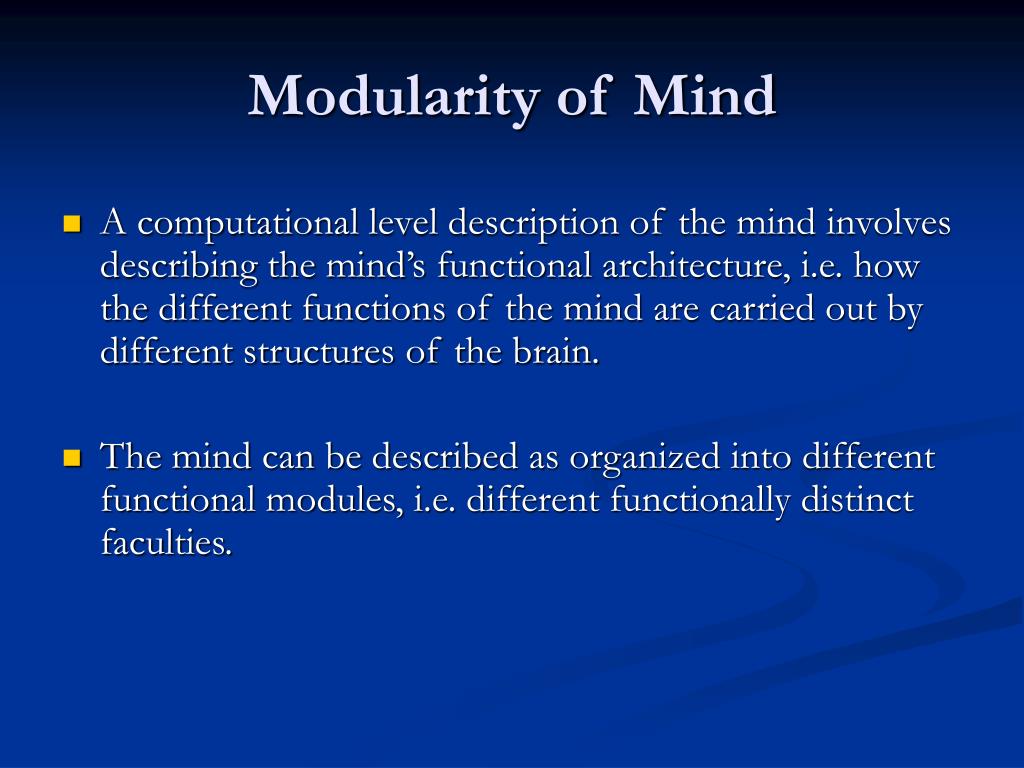My book, Beyond Personhood: An Essay in Trans Philosophy, was recently published this past March by University of Minnesota Press, and I should be over the moon! Yet, I feel so thoroughly conflicted. Times are terrifying for trans people right now—certainly, in the United States, in the United Kingdom, and in many other countries across the globe. We are in the midst of an anti-trans backlash that is occurring in tandem with a global resurgence in authoritarianism. Can my book make any difference, I wonder? And, if so, what would that difference be?
The book is highly ambitious, densely theoretical, and unapologetically challenging. It is also deeply personal. Some of the earliest ideas began haunting me just before I decided to transition in the mid-90s. I had the first inkling of the book itself soon after drafting “Evil Deceivers and Make-Believers” in 2005. I’ve nurtured this thing, carried this thing, for a long, long time. It’s had so many forms and instantiations. Only the desire to finally get on with my life let me surrender it.
The book has two formal aims. The first is to provide an account of trans oppression. The second is to provide an account of what is often called “gender dysphoria” (I prefer the neologism “phoria” to allow for multiple valences and dimensions). For both, my account centers the way in which trans people are reduced to mere deceivers or pretenders. I call the mechanism by which trans people are reduced to illusion “reality enforcement,” and I provide a structural account of it. While my earlier work focused on the trans people as deceivers (more on this later), I now focus more on trans people as make-believers. Specifically, I consider how nontrans people often “play along” with trans people. By this, I mean that they act as if they take a trans person’s identity as genuine, only for their behavior to be subsequently revealed as merely pretending to do so. Such revelations occur when the possibility of intimate encounters (sex-segregated space, sexual relations) arises. Now, the worry runs, the “make-believe” is at risk of “going too far.”
While the mechanism by which trans people are restricted to non-intimate contexts acts as a force by which trans people are reduced to make-believe, I regard trans phoria as arising in resistant tension with that force. That is, my account centers the tension between reduction to make-believe and the drive for realization. In my view, not only is gender make-believe something that is structurally provided for in our system, but it can also exceed the limits of that system. This can occur when trans people first recognize themselves prior to transition in situations that would, to an outside observer, count as merely make-believe. A pre-transition trans woman who may not have even had the opportunity to come out to herself in a fully conscious way may finally have the opportunity to “dress-up” for Halloween “as a woman.” And suddenly: Bam! She recognizes herself. There is this profound sense of positive phoria. I provide an account of not only the phoria itself but also what allows for this exceeding of the structural limits of the system. That is, I explore “make-believe” as a liminal state, and I characterize it as a distinct form of liminality.
My account is a repudiation of what have, until now, been the only trans-affirming theories available to trans people. While the first, the Wrong Body Account, provides a framework for understanding gender phoria, the second, the Beyond the Binary Account, provides a framework for understanding trans oppression. One of my general concerns about both of these accounts is their lack of complexity and sophistication. Not all trans phoria is about the body. It’s about public gender presentation. It’s about names and identities. And our gendered interactions and relations with others. And not all trans oppression involves being outside of or in contestation with the binaries male/female, man/woman, masculine/feminine, and the mandated alignment between those pairs. Often, it’s about being reduced to mere appearance and fighting for robust reality. It’s about being in between those two poles, it’s about the tension, the push out, and the push back.
Underlying my own account is the theory I need to make it all work. The core idea is that all of our sensory and discursive interactions with each other admit of intimacy (closeness), distance, or something in between. That is, they admit of what I call “interpersonal spatiality.” Our sensory interactions are regulated by boundaries. To stare at a stranger, to stare at somebody’s crotch rather than face, to stand super close, and so forth, is to transgress boundaries on sensory access. We take these boundaries for granted—don’t even notice them—because most of the time we’re not crossing them, we’re “observing” them. It’s only when we do transgress them or worry about transgressing them or worry about somebody transgressing ours, and so forth, that they come into focus. But these boundaries aren’t like those that guard artifacts in a museum. No. These ones are permeable. They’re meant to be traversed in the right time and place. They make intimacy—good intimacy—possible. And they also, therefore, make distance possible too (which is a good thing as well).
While boundaries—indeed, complex systems of boundaries—are required in order to have interpersonal spatiality, many such systems are possible. Indeed, many such systems actually exist and have existed. My primary target is what I call the folk system, which I contrast with the subcultural systems that I have found more trans-affirming. This folk system is the system that most of us inhabit now (or, at least, it is one of them). It is an abusive system in which we find an inherently (hetero) sexist structure of sexual violence that is, as I shall soon discuss, colonial in character. One of the main things I do in describing this system is to provide an account of the phenomenon of nakedness.
The crucial insight about nakedness is that it is a socio-moral appearance made possible by the standardization of clothedness. (By “moral”, I mean that nakedness is to be understood in terms of the boundaries of interpersonal spatiality.) And this is how we can have two different forms of nakedness—namely, “male” and “female.” Consider, for instance, that the latter involves two tiers, top and bottom, while the former does not. The point is these moral forms of what I call “intimate appearance” are plainly not biological in character. Yet once nakedness is treated as a pre-cultural state, these moral forms of intimate appearance get treated as though they were natural.
This, in turn, allows me to deepen my account of trans deception. The view that trans people are deceivers, I had argued, arises because public gender presentation communicates private genital status. That is, trans people are taken for deceivers when we exist in a system that abusively requires us to truth-tell about our genital status. In the book, genital status becomes sex-differentiated nakedness (i.e., intimate appearance). Meanwhile, public gender presentation becomes what I call “proper appearance.” Proper appearance is the standard (clothed), taken-for-granted way in which we appear to others. Proper appearance is, of course, like intimate appearance, sex-differentiated (i.e., there is a way that women look, sound, etc., and a way that men look, sound, etc.). Sex-differentiated proper appearance is expected to align with sex-differentiated intimate appearance, truthfully providing information about the structure and significance of nakedness.
More than that, however, by really working to expose our confusions about nakedness and the mythologies that surround it—and gosh are there are a lot of confusions—we can come to understand the mechanisms by which trans people are structurally relegated to make-believe; and a liminal state can be created which exceeds the limits of the system, affording the possibility of trans self-recognition. Both concern interpersonal spatiality—in the first case, foreclosure of the possibilities of intimacy, in the second, the opening up of new possibilities thereof.
The bolder move of the book is my claim that interpersonal spatiality theory undermines key assumptions central to the deployment of philosophical concepts like person, self, and subject. (I regard philosophical concepts as historical by which I mean that distinctive philosophical terminology emerges at periods of time for specific reasons and is therefore underwritten by taken for granted assumptions). If it’s true that the only satisfying way to make sense of trans experience is through interpersonal spatiality theory, then understanding trans experience is going to require jettisoning those concepts. To put it differently, those concepts get in the way of understanding trans experience, rather than facilitating it.
One key assumption is that self-awareness is central to moral status. Interpersonal spatiality theory rejects this. Boundaries, not self-awareness, are central (further, “moral status” is already too much focus on the individual). A second key assumption privileges the “subject” (the perceiver) over the “object” (the perceived). So, the self-awareness that is so important is the self-awareness of oneself as a subject. Objects, by contrast, are just objects.
Interpersonal spatiality rejects this as well. It says there are different kinds of objects. Interpersonal and nonpersonal. What characterizes the former is the capacity for intimate self-display—a capacity that, I argue, is necessary for showing up in the social order as a social agent. Consider, for instance, that the boundary against staring at strangers affords the possibility of intimate self-display. By placing myself in the field of vision of a subject, I let them know that it is okay to look, and I invite them to share an exchange of social recognition. “Hello,” I say. Another example: There are boundaries on our innermost feelings. If somebody were to access them by reading our diaries or our minds, we would consider this an invasion of privacy. So, when we do present such feelings to others, in gestures of intimacy, we share of ourselves, display ourselves intimately. Intimate self-display presupposes the existence of interpersonal boundaries that are regularly observed. We are objects of access. But we are active objects in that we can, as object, present or show ourselves to others in intimate ways.
Now, as this capacity for intimate self-display is constituted through social mechanisms that need to be in place regardless of and prior to any psychological states, this turn to the object is, at first, “pre-phenomenological.” Once self-awareness does enter the equation, it is a self-awareness that “rides atop” the social possibilities. It is a rich and robust self-awareness of oneself as an interpersonal object for others (and away from others)—an awareness entirely omitted in a view that centralizes awareness of oneself as a subject (typically staring at a table or tree). On the contrary, this latter appears to be a thin and somewhat artificial instance of self-awareness, carved out from the larger context, thereby providing a very poor basis for understanding self-awareness in general. (This last move is partially motivated by and crucial to my attempts to better understand gender phoria.)
A final dimension of the book. It has always been clear to me that it is ill-motivated to make sense of trans oppression without locating it at the intersection of multiple forms of oppression. To think through the intersections, in my view, requires moving away from identity categories and focusing instead on structural forms of violence and abuse. Such a move requires placing the discursive practices of applying categories within the context of a larger apparatus that includes extra-discursive practices as well—practices such as those that help constitute proper and intimate appearance, like attiring oneself, for instance. This is necessary, in part, to understand the empirical fact that trans women are subject to structures of sexist violence, regardless of whether we are called “women” or not.
While such an approach tends to be local in character, I draw on María Lugones’s notion of the colonial/modern gender system to provide a much broader, historically situated account. In her view, gender—which admits of both a light and dark side—is a feature of European colonialism that is imposed on the rest of the world. I modify her account to make it trans-inclusive and argue that the folk system was transformed through colonization so that nakedness came to be formulated and conceptualized in essentially racialized ways. I then argue that the key assumptions so central to the deployment of the concepts person, self, and subject arise within the colonial context, serving colonial purposes. Consequently, we have additional political grounds for worrying about them.
That’s it. That’s the book in a nutshell. And while I have a great many hopes for it, I will conclude by mentioning three. First, my account of boundaries and the socio-moral construction of nakedness is a very good source for understanding what is going on in the panic around bathrooms and other intimate spaces. I hope that it can be useful in this respect. Second, my account of trans phoria is rich and, I believe, more phenomenologically accurate. I hope that it can speak to trans people about their own experiences, shedding better light on them. Finally, the book has some significant philosophical upshots that are broadly relevant. I hope the fact that these upshots have been obtained through a trans philosophical approach does not lead to their neglect or minimization, and that, in consequence, the profession might get past its obsession with glossing trans philosophy as the project of answering the question whether trans women are women.
The Women in Philosophy series publishes posts on those excluded in the history of philosophy on the basis of gender injustice, issues of gender injustice in the field of philosophy, and issues of gender injustice in the wider world that philosophy can be useful in addressing. If you are interested in writing for the series, please contact the Series Editor Elisabeth Paquette or the Associate Editor Shadi “Soph” Heidarifar.
The post Beyond Personhood: An Essay in Trans Philosophy first appeared on Blog of the APA.
Read the full article which is published on APA Online (external link)





